For best results, wash and press your fabric before class. You should launder your fabric exactly how you plan to wash and care for your finished garment.
Fabric should be pre-washed to pre-shrink, to remove the chemicals from the manufacturing process and wash out any dirt. Have you noticed how much softer your fabrics can feel after washing? That is due to sizing. Applying a sizing agent (a bit like starch) improves the strength and helps the fabric resist the mechanical stress applied through the manufacturing process.
Most fabrics from natural fibres shrink when you wash them. Cotton fabrics often shrink around 5%, however, shrinkage up to 10% is not uncommon.
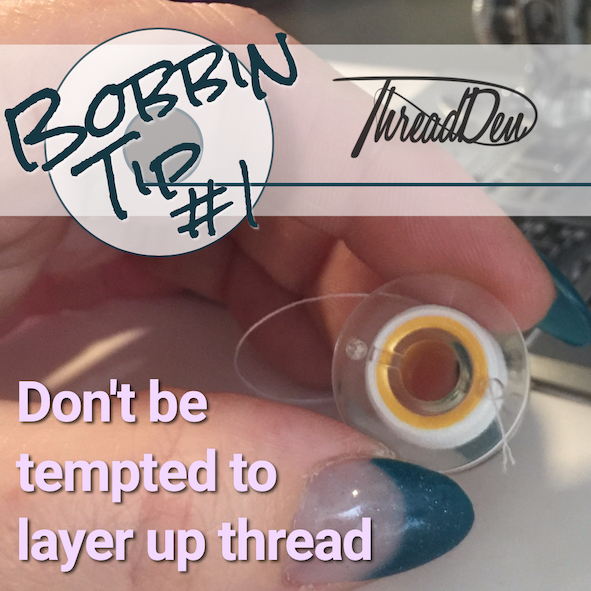
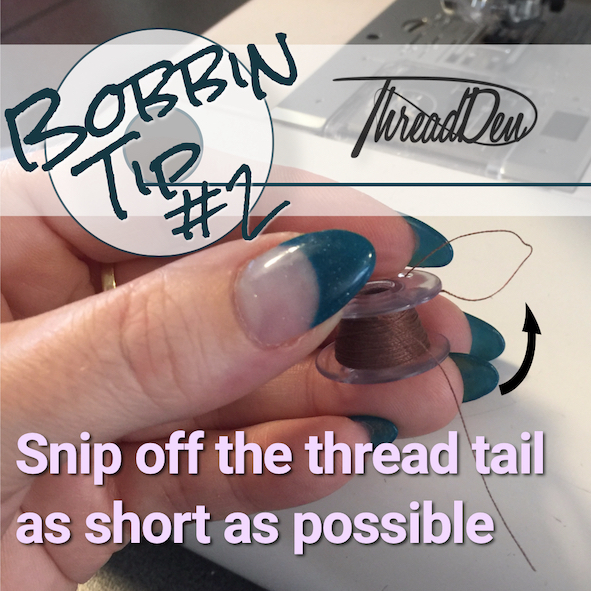
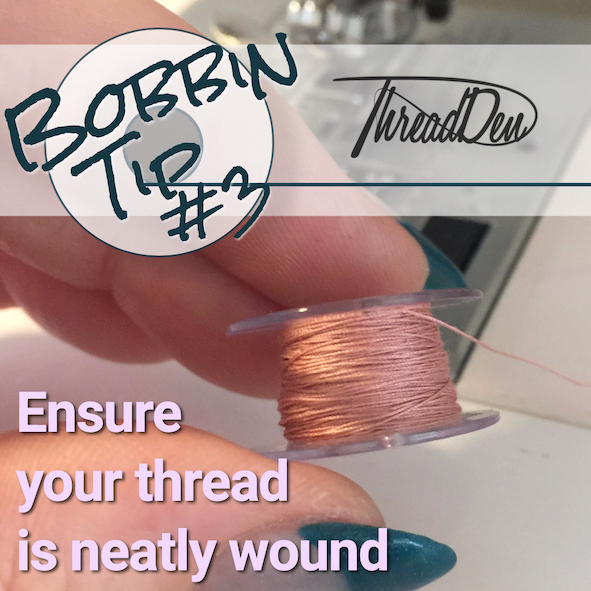
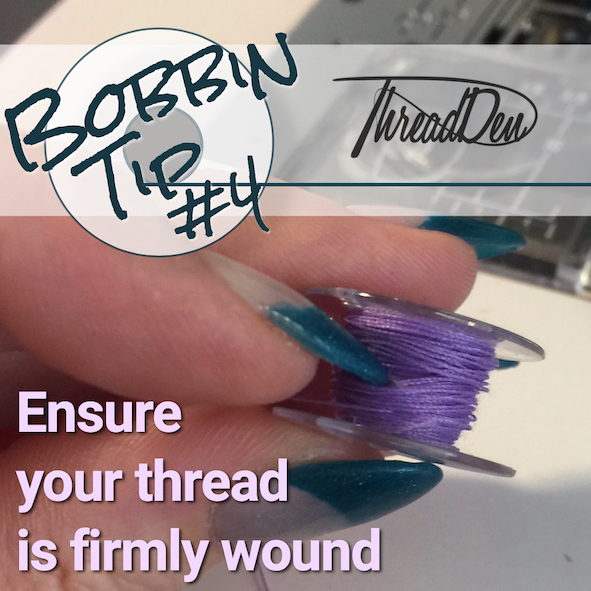
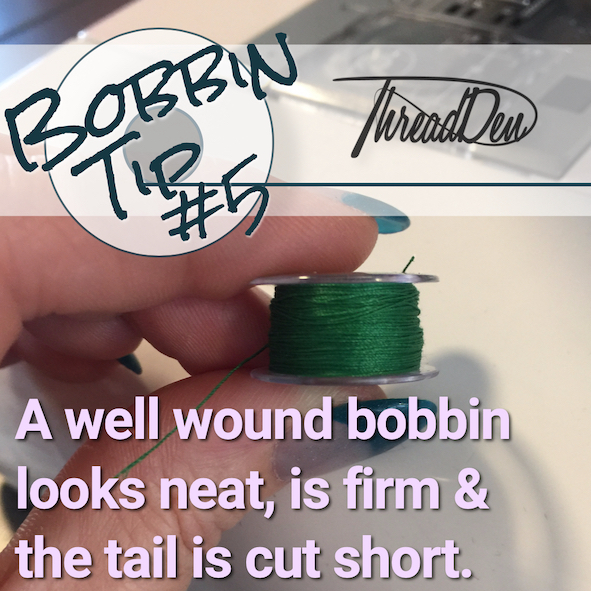
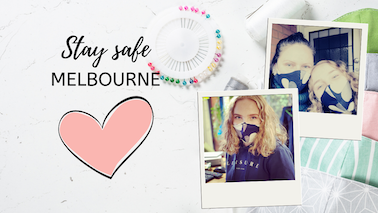
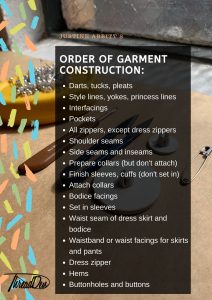
 Have you ever come across the instruction “hang the garment for 24 hours”. It may seem unnecessary or even a bit of an old fashioned wive’s tale. But this instruction is necessary and has a purpose.
Have you ever come across the instruction “hang the garment for 24 hours”. It may seem unnecessary or even a bit of an old fashioned wive’s tale. But this instruction is necessary and has a purpose.  A circle skirt covers all the angles of the fabric, think of the skirt hanging on your body – at the front the grain line hangs vertically, on your hips the cross grain hangs vertically, in between the bias is hanging vertically.
A circle skirt covers all the angles of the fabric, think of the skirt hanging on your body – at the front the grain line hangs vertically, on your hips the cross grain hangs vertically, in between the bias is hanging vertically. Make a circle skirt in our class and learn all about the bias and handling the fabric, inserting an invisible zip, attaching a waistband and how to narrow hem all that fabric!
Make a circle skirt in our class and learn all about the bias and handling the fabric, inserting an invisible zip, attaching a waistband and how to narrow hem all that fabric!